Definition:
Dental occlusion refers to the way your upper and lower teeth come together when you close your mouth or bite down. It involves the alignment and contact between the teeth, as well as the function of the jaw muscles and the temporomandibular joint (TMJ). Proper occlusion is important for efficient chewing, clear speech, and preventing dental issues like tooth wear or jaw discomfort. Misalignment of the teeth or jaws can lead to problems such as malocclusion, which may require treatment to correct.
Introduction to Dental Occlusion:
Dental occlusion might sound a bit complicated, but it’s actually quite easy to understand. It simply refers to how your teeth come together , when you close your mouth. Think of it like a puzzle—when you bite down, your upper and lower teeth should fit together just right. This alignment is very important for basic activities like chewing, speaking, and maintaining good oral health. Let’s explore, what dental occlusion is, the different types, and why it matters.
Types of Dental Occlusion:
Dental occlusion is generally divided into three main types:
1. Class I Occlusion (Normal Bite):
Class I occlusion is considered the ideal type. In this alignment, your upper teeth slightly overlap your lower teeth, when your jaw is closed. Most people have this kind of bite, and it helps in maintaining proper function while chewing and speaking.
2. Class II Occlusion (Overbite):
In Class II occlusion, the upper teeth significantly overlap the lower teeth, which is commonly known as an overbite. People with overbites may experience problems with chewing or even speech difficulties. Overbites can vary in severity, with more extreme cases potentially requiring orthodontic treatment.
3. Class III Occlusion (Underbite):
Class III occlusion occurs when the lower teeth protrude in front of the upper teeth, known as an underbite. This type of bite can make chewing difficult and may lead to jaw discomfort. Like an overbite, an underbite may require treatment if it causes problems.
Key Components of Dental Occlusion:
Understanding dental occlusion means looking at how different parts of your mouth work together. The three main components are:
1. Teeth:
Your teeth are crucial to how your bite works. They need to be in the right position for chewing and speaking. When teeth are not aligned properly, it can lead to uneven wear, sensitivity, and other dental issues.
2. Jaw Muscles:
The muscles in your jaw control how you move your mouth up and down. These muscles are responsible for actions like chewing and talking. If the muscles are strained, it can lead to discomfort or problems with your bite.
3. Temporomandibular Joint (TMJ):
The TMJ is the joint that connects your jawbone to your skull. This joint lets your jaw move smoothly when you open and close your mouth. Problems with the TMJ can lead to pain and difficulty with daily activities like chewing or speaking.
Why Dental Occlusion Matters?
Proper dental occlusion isn’t just about having straight teeth, it affects many aspects of your overall health. Here are a few reasons ,why it’s important?
1. Chewing Efficiency:
When your teeth come together correctly, you can chew food more easily and efficiently. This helps you digest food better and get the most out of your meals, which is essential for good nutrition.
2. Clear Speech:
Your teeth play an important role in how you pronounce words. If your teeth are misaligned, it might make it difficult to speak clearly or pronounce certain sounds. Proper occlusion ensures that you can speak without any issues.
3. Preventing Tooth Wear:
When teeth are not aligned properly, they can rub against each other in ways they’re not supposed to, leading to uneven wear. Over time, this can cause your teeth to wear down faster, which might make them more sensitive or prone to breaking.
Common Problems Related to Dental Occlusion:
Dental occlusion problems are quite common, and they can cause a variety of issues. Here are some of the most frequent problems:
1. Malocclusion (Misaligned Teeth):
Malocclusion refers to teeth that don’t align properly. It can be mild or severe and may cause problems with chewing, speaking, or even breathing. Some people with malocclusion may also experience pain or discomfort in their jaw.
2. Bruxism (Teeth Grinding):
Bruxism is when you grind or clench your teeth, often without realizing it, especially at night. This can lead to worn-down teeth, jaw pain, and headaches. A dentist may recommend wearing a night guard to prevent damage to your teeth.
3. Temporomandibular Joint Disorders (TMD):
TMD refers to problems with the TMJ. This can lead to pain in the jaw joint and the muscles around it. TMD can be caused by misaligned teeth, injury, or stress. Symptoms can include difficulty opening or closing the mouth, clicking sounds, or even locking of the jaw.
Diagnosing and Treating Occlusion Problems:
If you think you might have a problem with your dental occlusion, a dentist can help diagnose the issue and recommend treatment. Here are a few common ways dentists approach occlusion problems:
1. Dental Examination:
The first step in diagnosing a problem is a thorough dental exam. Your dentist will look at how your teeth come together when you bite down and may take X-rays or other imaging tests to get a better view.
2. Orthodontic Treatment:
For mild to moderate misalignment, orthodontic treatments like braces or clear aligners (such as Invisalign) can help. These treatments slowly move your teeth into the correct position, improving both function and appearance.
3. Restorative Dentistry:
In more severe cases, restorative treatments like crowns, bridges, or dental implants may be needed. These treatments can help rebuild damaged teeth or replace missing ones, ensuring proper occlusion and improving your bite.
4. Night Guards:
If you suffer from bruxism (teeth grinding), your dentist may recommend a custom-made night guard. This device is worn while you sleep and helps protect your teeth from damage caused by grinding or clenching.
5. Physical Therapy:
For people with TMD, physical therapy can sometimes help relieve symptoms. Exercises to strengthen and relax the jaw muscles may help reduce pain and improve function.
Maintaining Healthy Occlusion:
Once your teeth and jaw are properly aligned, it’s important to keep them that way. Here are some tips for maintaining healthy occlusion:
1. Regular Dental Check-Ups:
Visiting your dentist regularly helps catch any occlusion-related issues early, preventing them from becoming bigger problems. Regular exams allow your dentist to monitor your bite and make adjustments if needed.
2. Good Oral Hygiene:
Keeping your teeth and gums healthy is essential for maintaining good occlusion. Brush twice a day, floss daily, and use mouthwash to prevent tooth decay and gum disease, which can affect your bite.
3. Avoiding Harmful Habits:
Habits like nail-biting, chewing on hard objects, or using your teeth as tools can damage your teeth and affect your occlusion. It’s important to avoid these behaviors to protect your teeth and maintain proper alignment.
Overview:
Understanding dental occlusion is key to keeping your teeth and jaw in good shape. A properly aligned bite helps with chewing, speaking, and preventing tooth wear. By staying informed and visiting your dentist regularly, you can maintain a healthy bite and prevent problems before they start. If you’re ever concerned about your occlusion or notice any discomfort, don’t hesitate to consult with your dentist. Taking care of your dental occlusion today will ensure a healthy and functional smile for years to come.
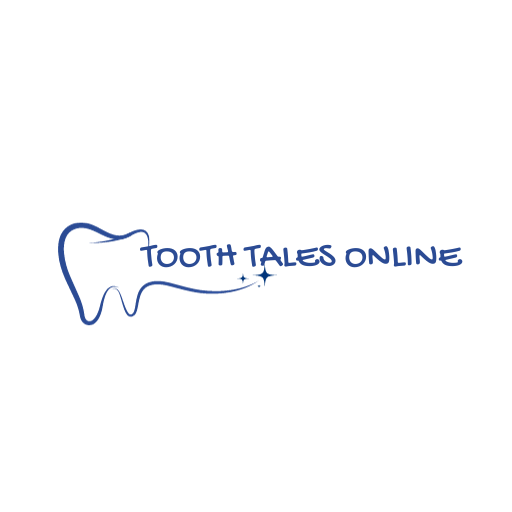
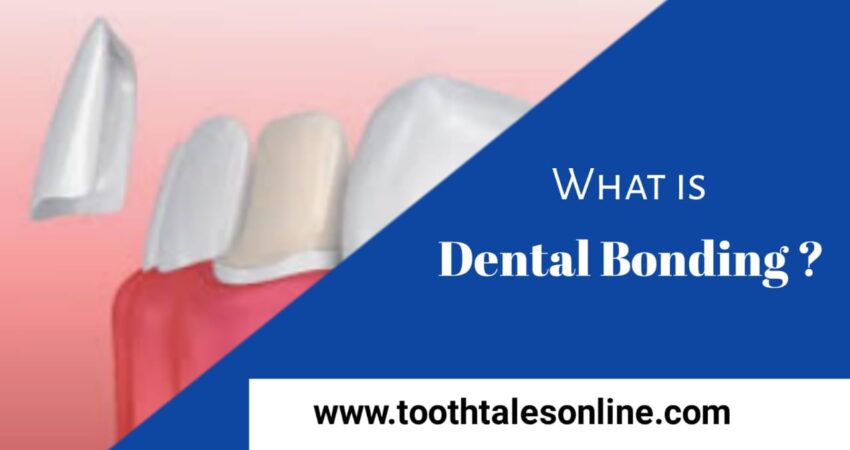
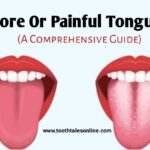
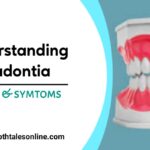
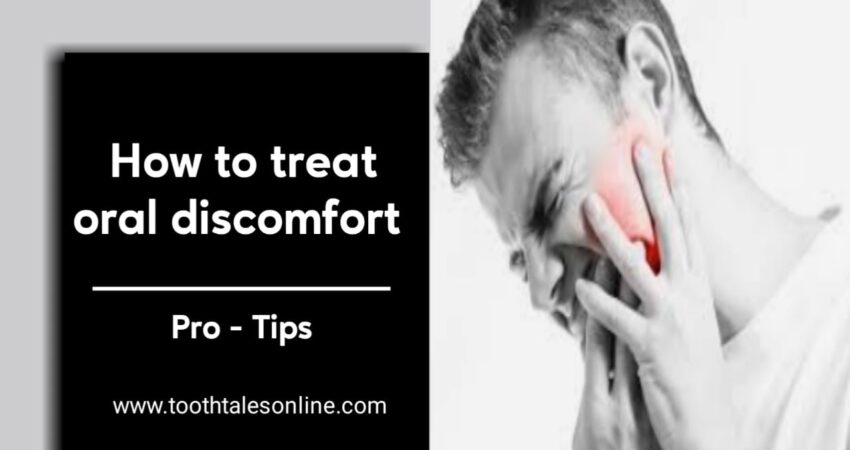
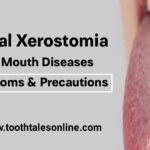

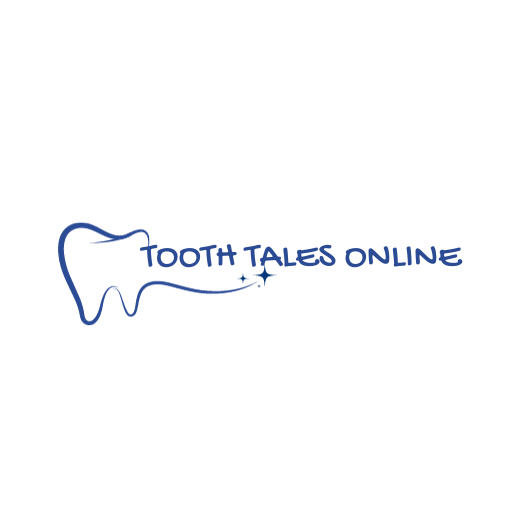
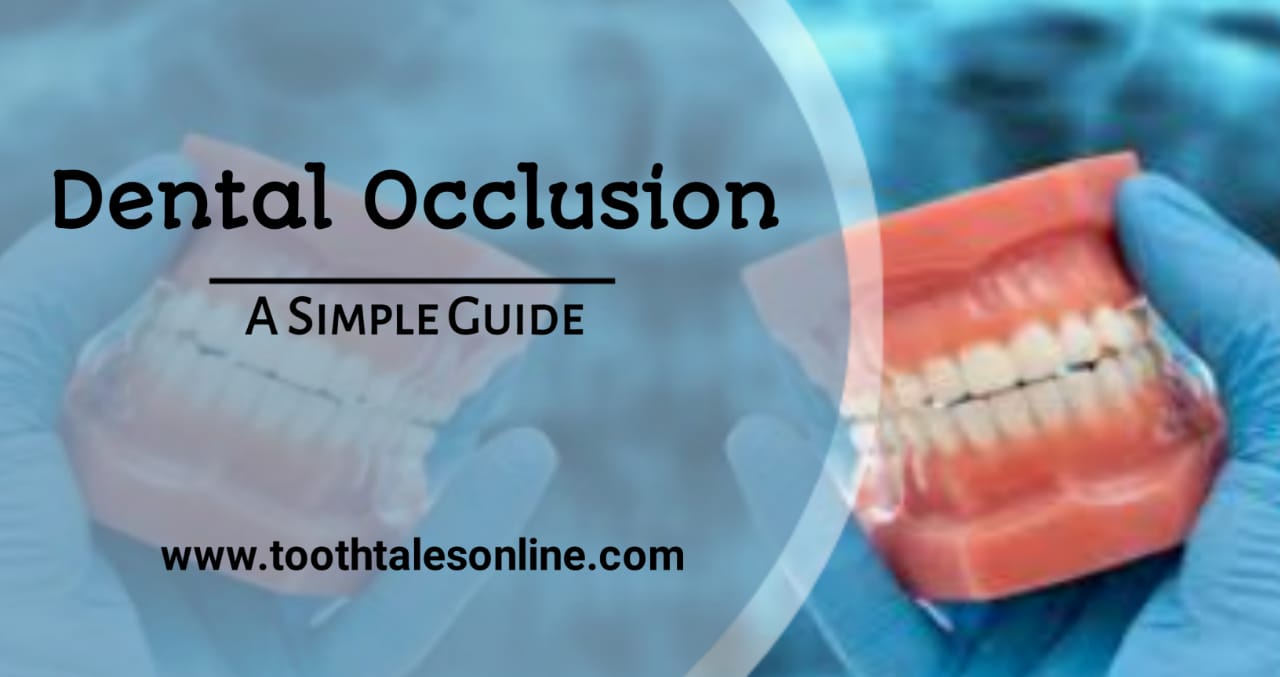
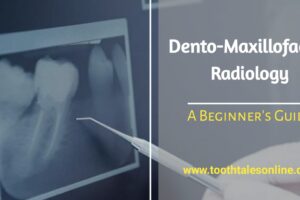
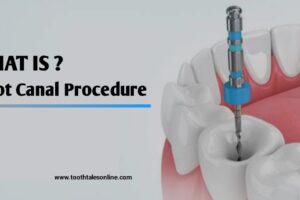
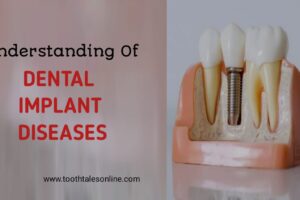










It is appropriate time to make a few plans for the long run and it’s time to be
happy. I have read this post and if I could I desire to
suggest you some interesting things or advice. Maybe you can write subsequent articles referring to this article.
I desire to learn more things about it!
I am sure this piece of writing has touched all the internet
viewers, its really really fastidious article on building up new web
site.